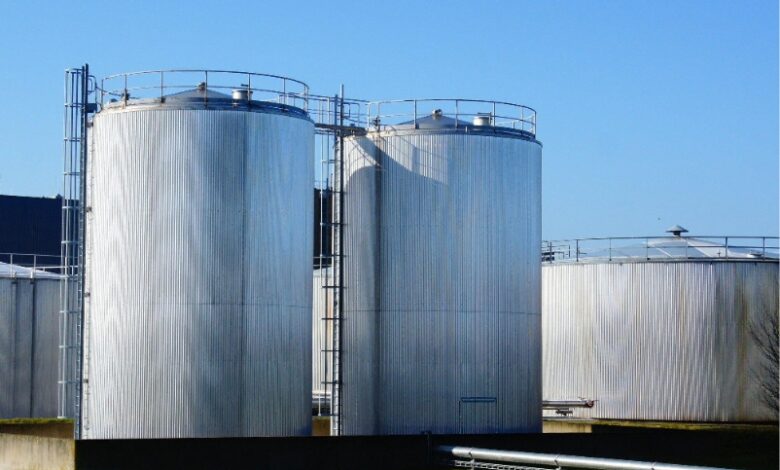How to Choose the Right Storage Tank for Your Needs

When it comes to selecting a storage tank, whether for water, chemicals, or fuel, understanding your specific needs is crucial. A storage tank is an essential investment for businesses and homeowners alike, as it ensures safe and efficient storage.
This article will guide you through the key factors to consider when choosing the right storage tank.
Determine Your Storage Requirements
Before you dive into the various types of storage tanks available, the first step is to assess your storage needs. Consider the following questions:
What Will You Store?
The type of contents stored in a tank plays a crucial role in determining which tank is the most suitable for your needs. For instance, when it comes to storing corrosive chemicals, you may need to opt for specialized tanks like Fiberglass Reinforced Plastic (FRP) tanks.
Additionally, if you require tanks specifically for fuel storage, it’s important to consider options that meet safety regulations for fuel storage tanks.
How Much Will You Store?
Calculate the volume of liquid you need to store. Storage tanks come in various sizes, so it’s essential to pick one that meets your requirements without being excessively large.
Where Will You Install the Tank?
The location can impact the type of tank you need. For outdoor installations, durability against weather conditions is critical, while indoor tanks may have different space constraints.
Understand the Different Types of Tanks
There are several types of storage tanks available, each designed for specific uses:
Above-Ground Storage Tanks (ASTs)
These tanks are easy to install and monitor. They are often used for fuel and water storage. Ensure they comply with local regulations regarding safety and environmental impact.
Underground Storage Tanks (USTs)
USTs are buried below ground, making them less visible. They are often used for gasoline and other fuels. These tanks need regular inspections to prevent leaks.
FRP Tanks
As mentioned earlier, FRP tanks are excellent for storing corrosive liquids due to their chemical resistance. They are lightweight, durable, and often used in wastewater treatment facilities.
Plastic Tanks
These tanks are lightweight and resistant to corrosion. They are suitable for storing water, chemicals, and food-grade liquids. However, they may not withstand extreme temperatures.
Steel Tanks
Steel tanks are strong and suitable for heavy-duty applications, including fuel storage. They can be either above ground or underground but require proper maintenance to prevent rust.
Consider Regulatory Compliance
When selecting a storage tank, be aware of the regulations that may apply to your industry and location. Various government agencies may have specific requirements regarding the installation, operation, and maintenance of storage tanks. Familiarize yourself with local and state regulations to ensure compliance and avoid potential fines.
Assess Cost and Maintenance
Budget is always a consideration when selecting a storage tank. Beyond the initial purchase price, factor in ongoing maintenance costs, which can vary depending on the tank type and material. Steel tanks may require more frequent maintenance than plastic or FRP tanks.
Selecting the Best Storage Tank for Your Needs
Choosing the right storage tank is vital for your needs, whether for personal or business use. By understanding your requirements, exploring different tank types, and considering safety and compliance, you can make an informed decision. Always keep your specific needs in mind, as the right storage tank will provide you with reliability and peace of mind for years to come.
If you would like to find out more about topics like this, take a look at the rest of our blog page now.

